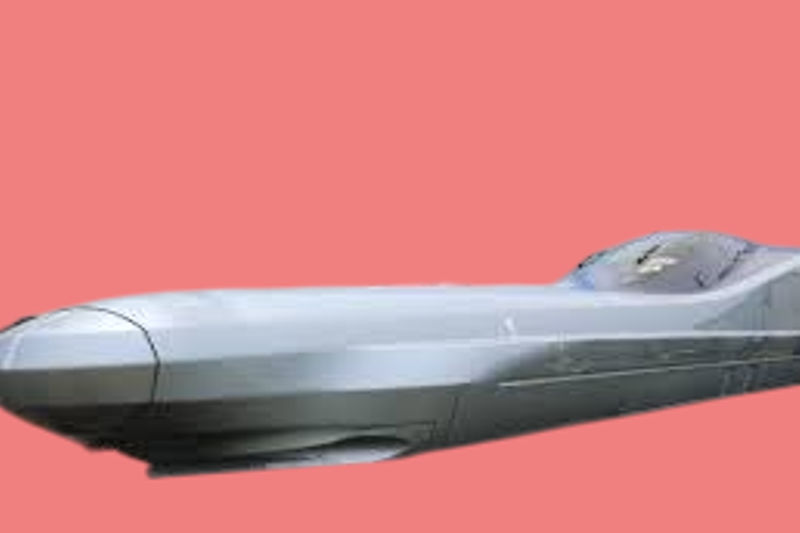The Fastest and Most Advanced in the World The Shinkansen, also referred to as the bullet train, is the fastest train system in the world’s transportation network and represents the highest level of high speed rail engineering technology. With speeds exceeding 320 km/h (200 mph) and an impeccable safety record spanning over 50 years, Japan’s rail technology continues to set unprecedented benchmarks in speed, efficiency, and innovation.
Why Japan’s High-Speed Rail Technology is Unrivaled
Since then, Japanese engineers have consistently pushed the boundaries of train engineering technology, making it the fastest, safest, and most reliable rail system globally.
1. Record-Breaking Speed: The Maglev Revolution
The SCMaglev (Superconducting Maglev), being developed in Japan, has already achieved a world record of 603 km/h (375 mph) in test runs. Unlike conventional trains, the Maglev uses magnetic levitation technology**, eliminating friction and allowing for unprecedented speeds. The Chuo Shinkansen Maglev line, set to open by 2027, will connect Tokyo to Nagoya in just 40 minutes a trip that currently takes 90 minutes by conventional Shinkansen.
2. Aerodynamic Design for Maximum Efficiency
Japanese bullet trains feature aerodynamically optimized noses that reduce air resistance and noise when entering tunnels. The E5 and E6 series Shinkansen models use lightweight aluminum bodies and regenerative braking systems to enhance energy efficiency.
3. Earthquake-Resistant Technology for Unmatched Safety
Japan’s high-speed rail network incorporates advanced seismic detection systems that automatically halt trains before earthquake tremors hit. The Urgent Earthquake Detection and Alarm System (UrEDAS) ensures passenger safety even during powerful quakes.
4. Punctuality: The Most Reliable Rail System
Japan’s bullet trains boast an average delay of less than one minute**, thanks to AI-powered predictive maintenance and real-time monitoring systems. This precision makes it the most punctual rail network in the world.
5. Sustainable and Energy-Efficient Travel
The latest N700S Shinkansen model uses battery-powered emergency traction, allowing it to move to safety during power outages. Additionally, Japan’s rail system has a **carbon footprint 90% lower than air travel** for the same distance.
Global Influence: How Japan’s Bullet Train Technology is Shaping the Future
Many countries, including the U.S., India, and the U.K., are adopting Japanese rail technology for their high-speed projects. Notable examples include:
Texas Central Railway (U.S.) – Using Shinkansen technology for a Dallas-Houston line.
Mumbai-Ahmedabad High-Speed Rail (India) – A joint project with Japan’s JR East.
Conclusion: Japan Remains the Undisputed Leader in High-Speed Rail
With record-breaking speeds, cutting-edge Maglev technology, and unparalleled safety measures, Japan’s bullet train system is the fastest and most advanced in the world. As nations look to modernize their rail networks, Japan’s engineering expertise continues to lead the way in high-speed, sustainable, and efficient transportation.


